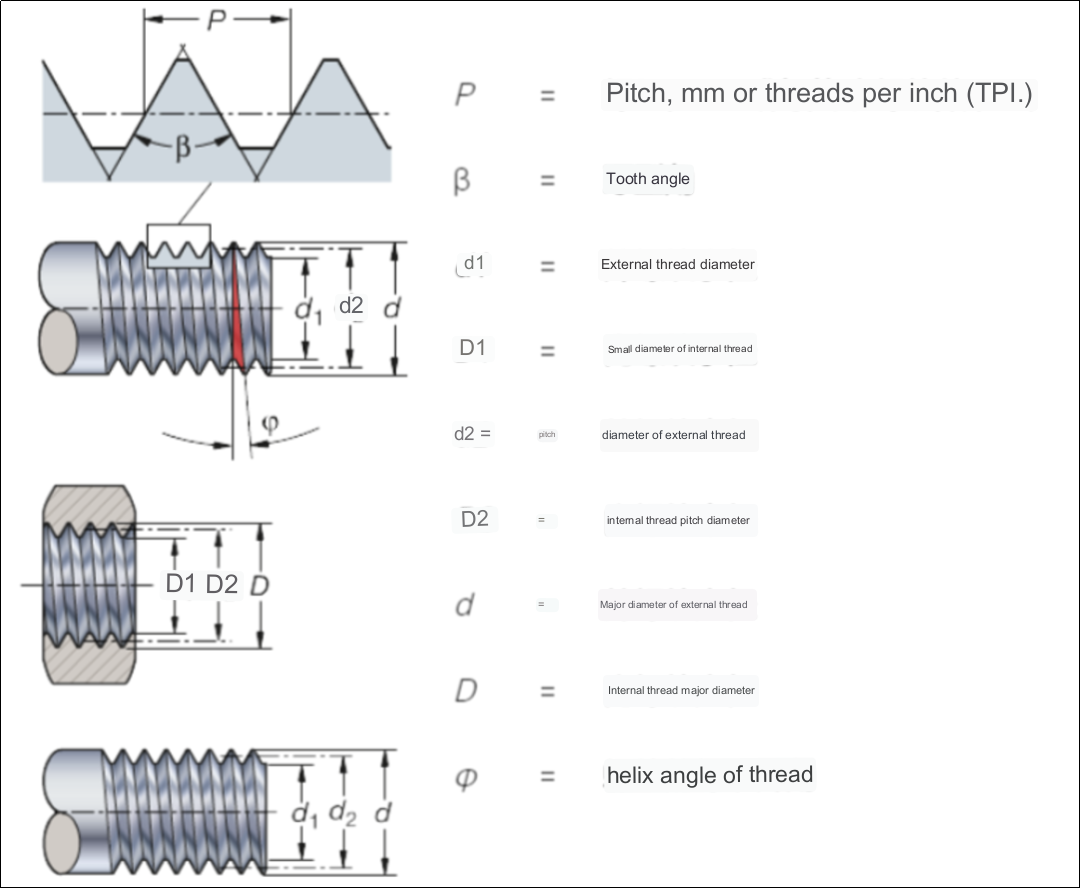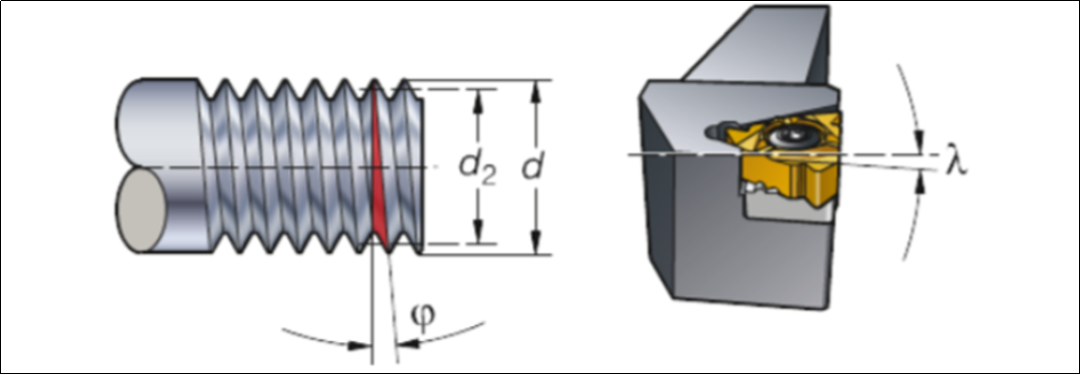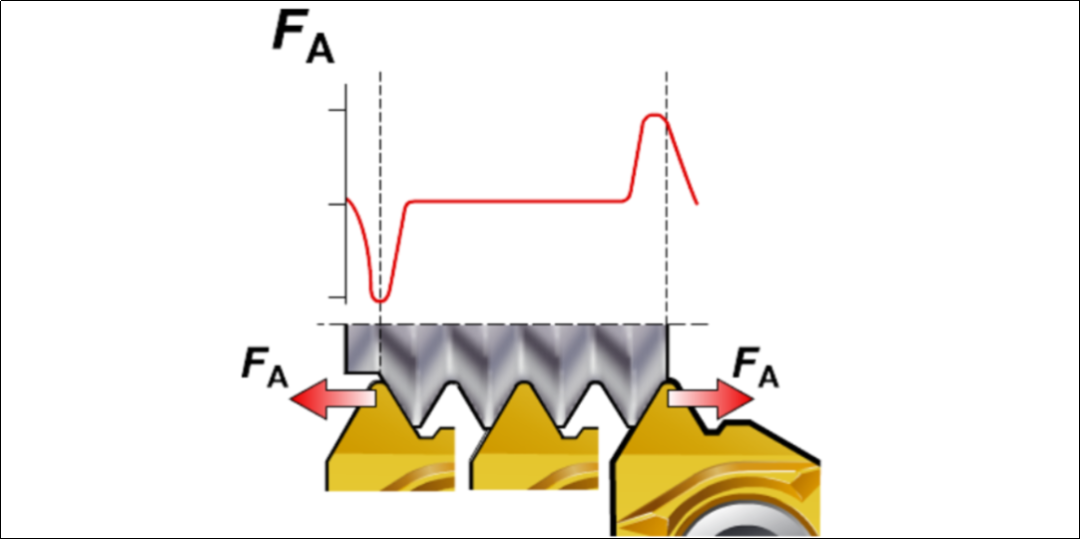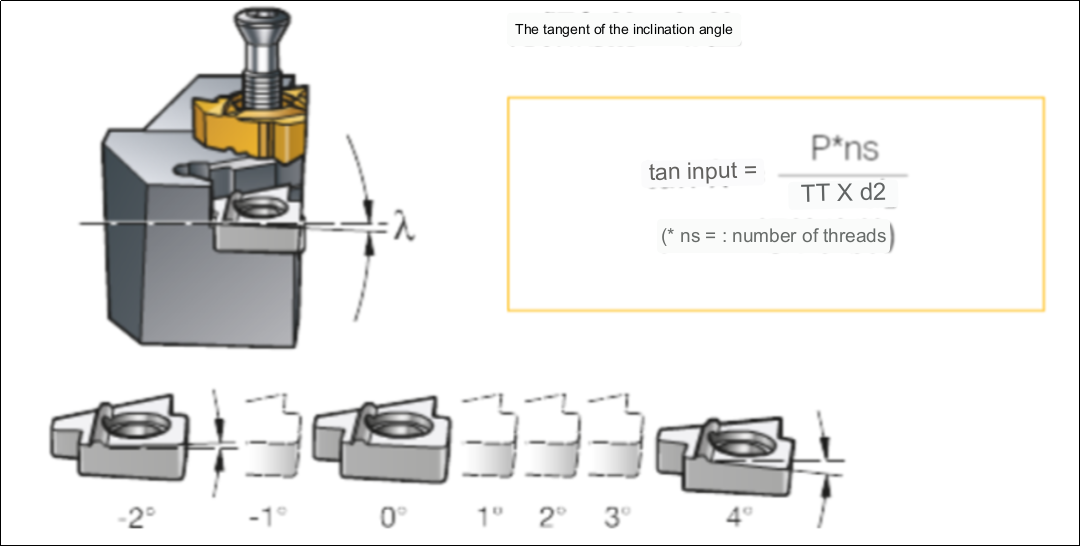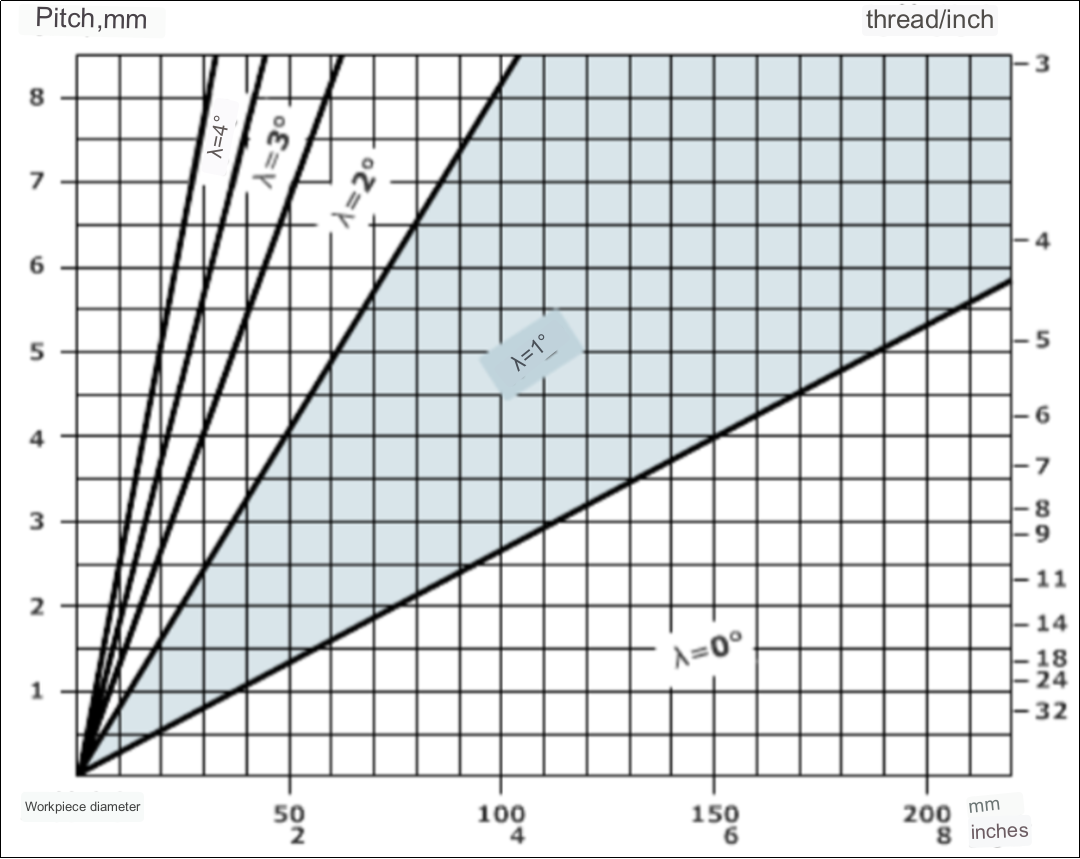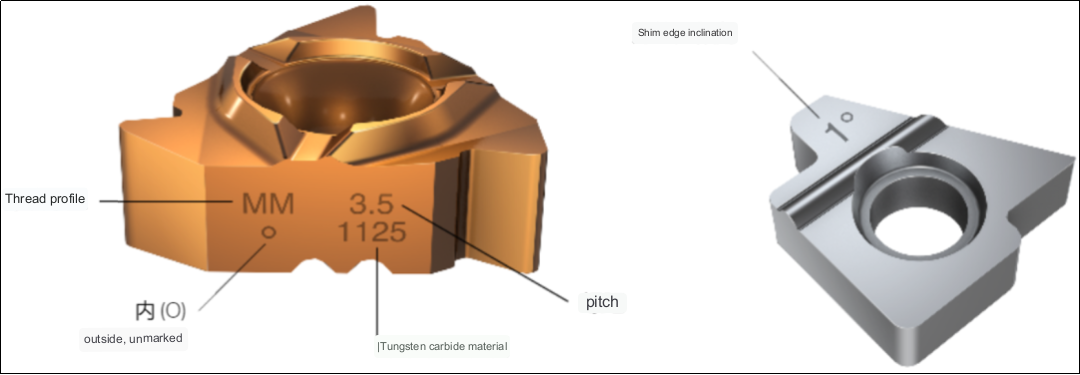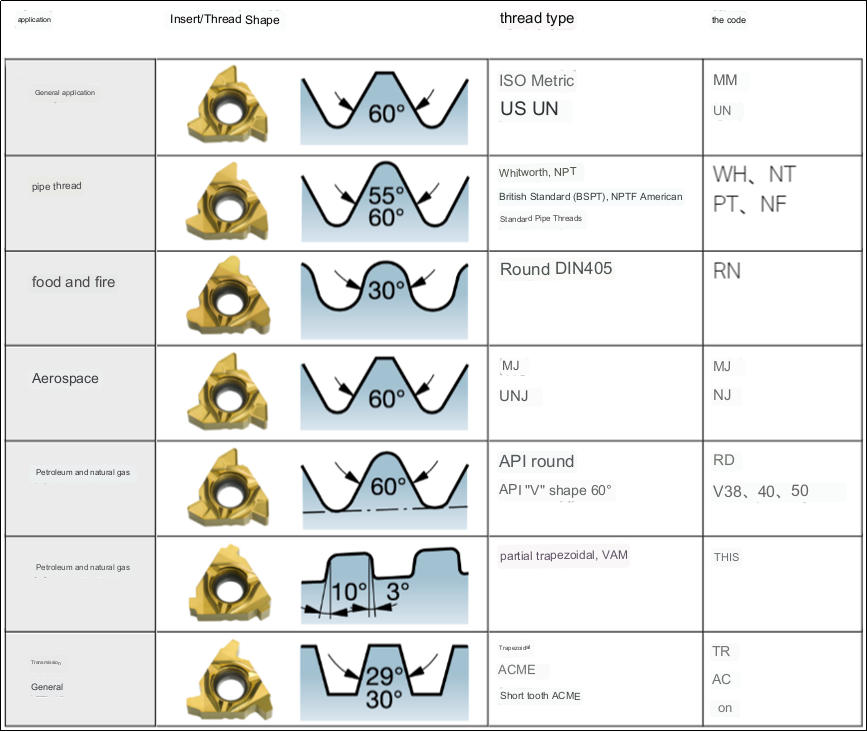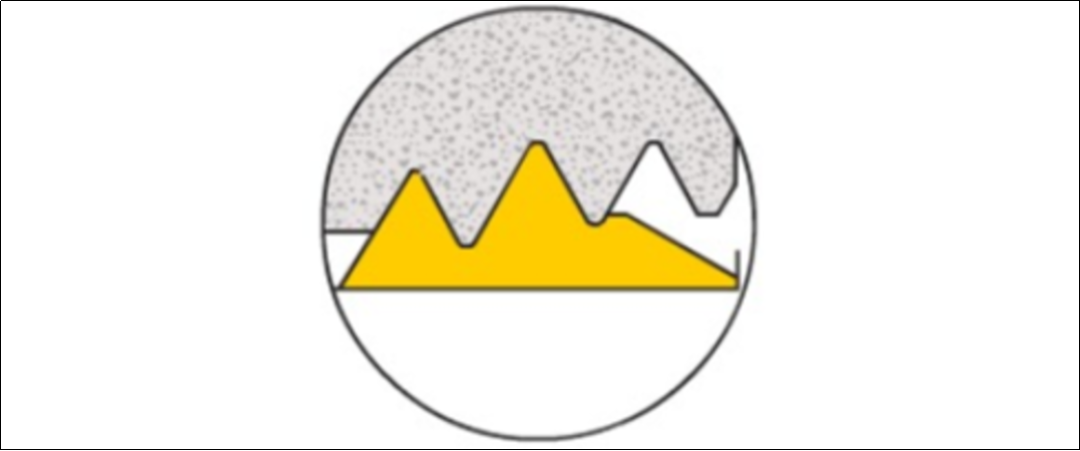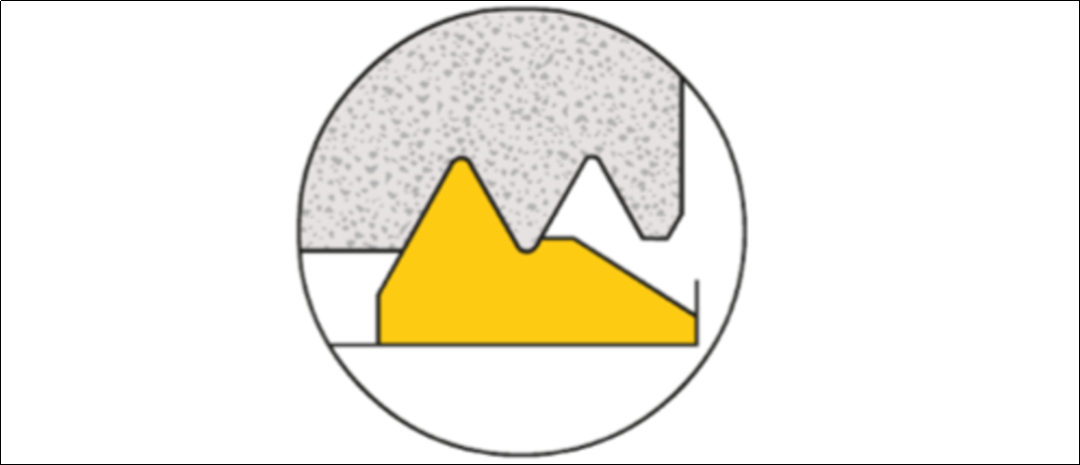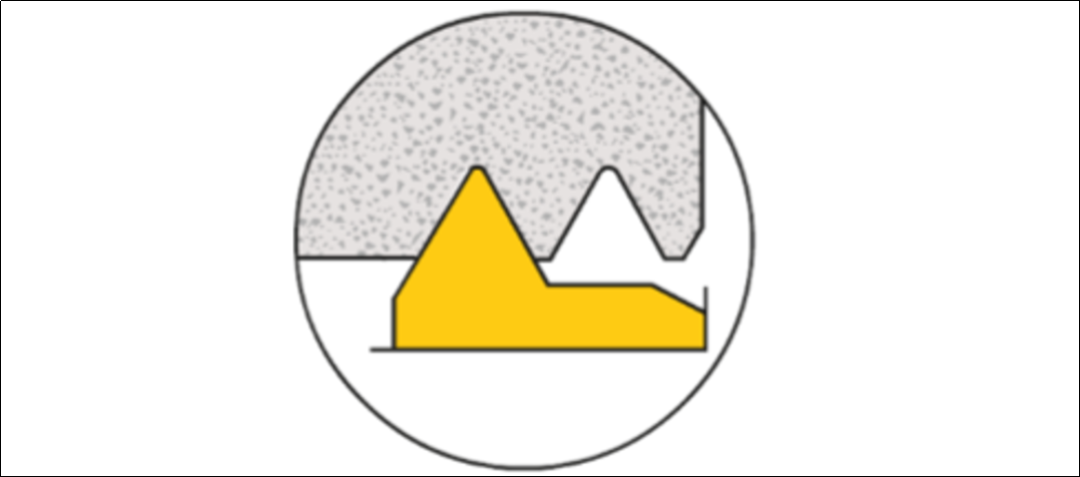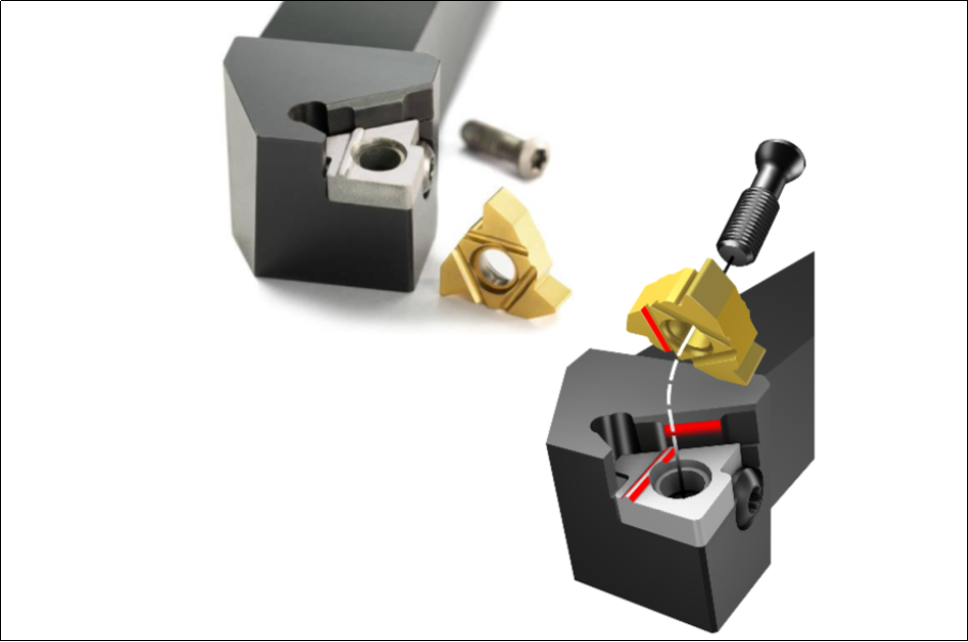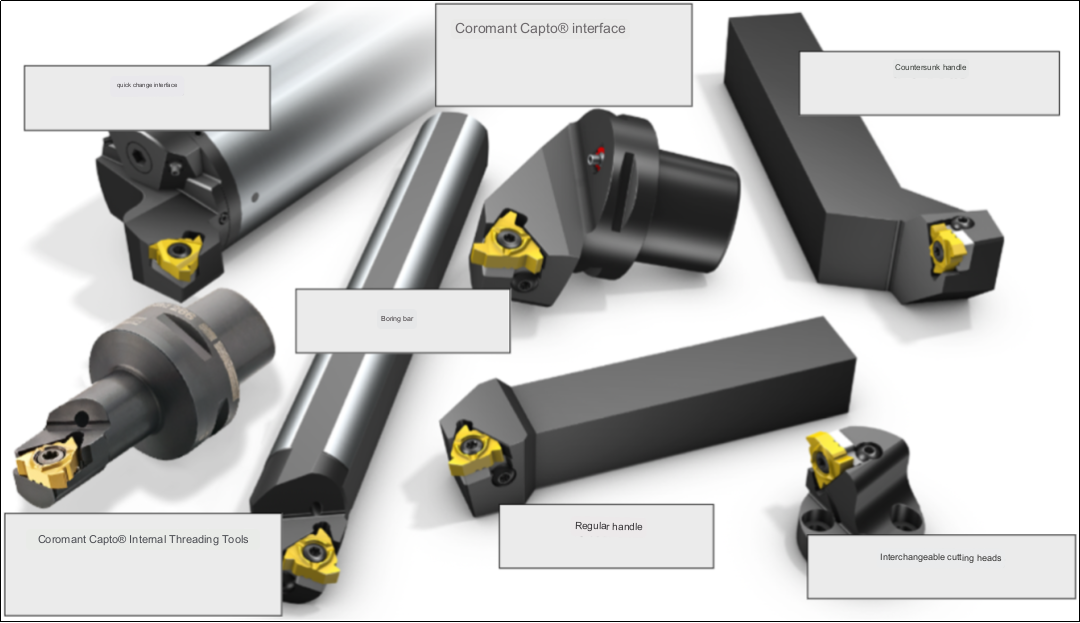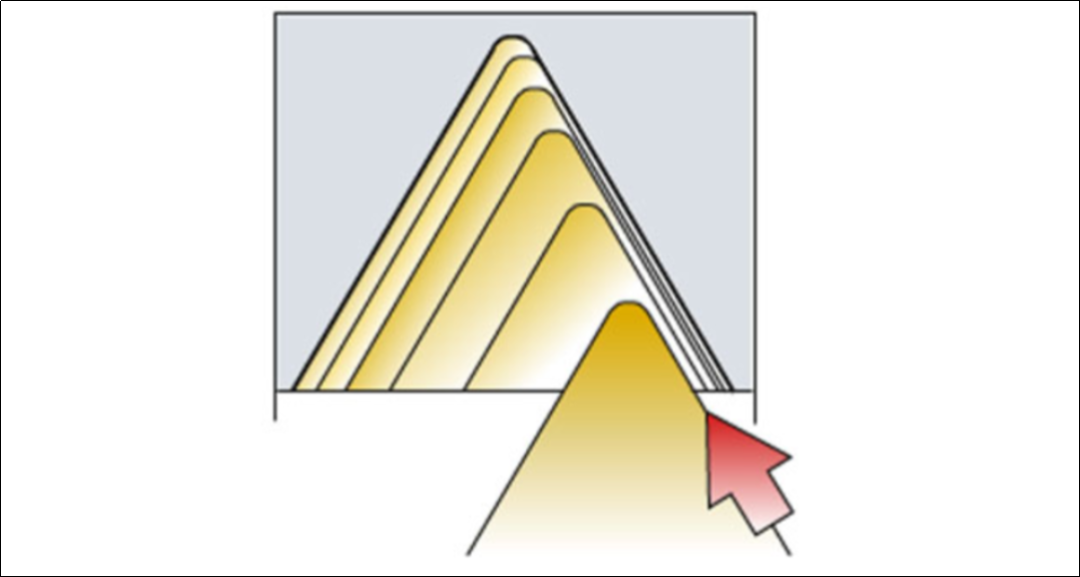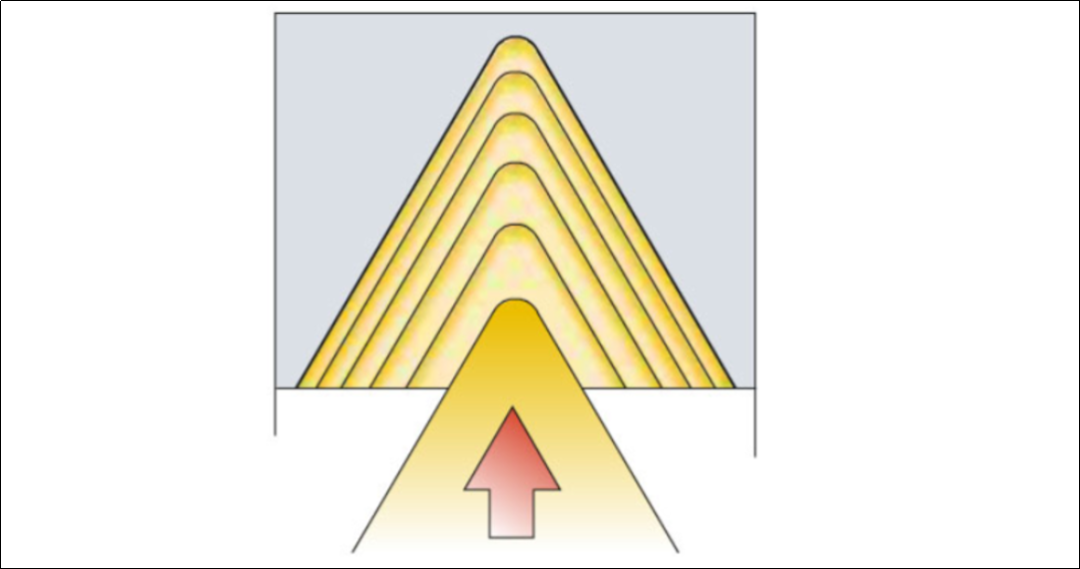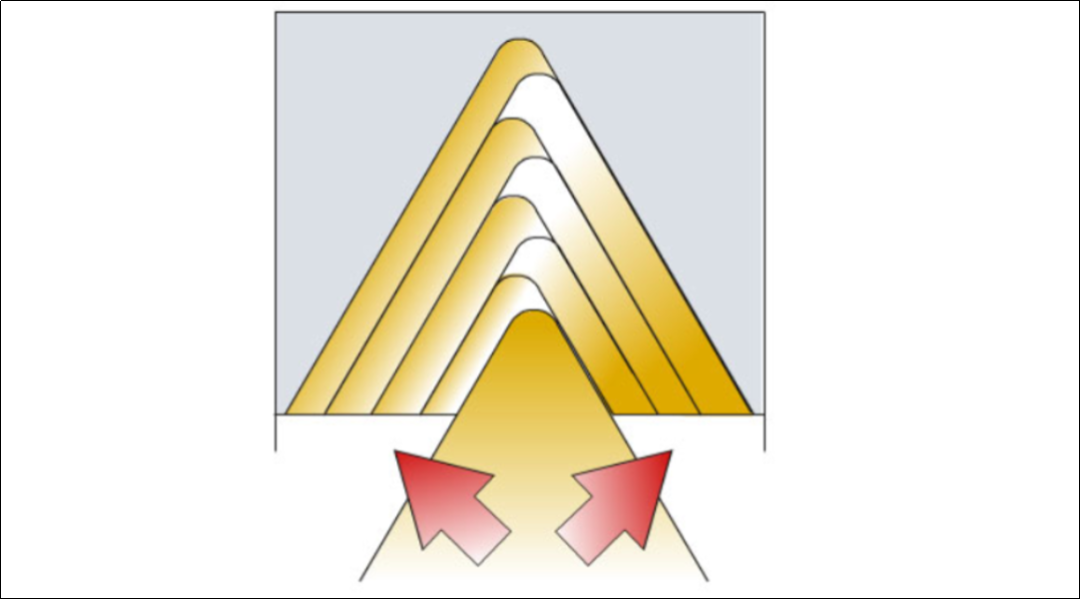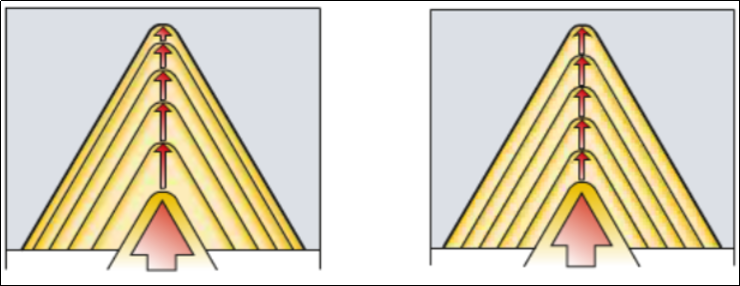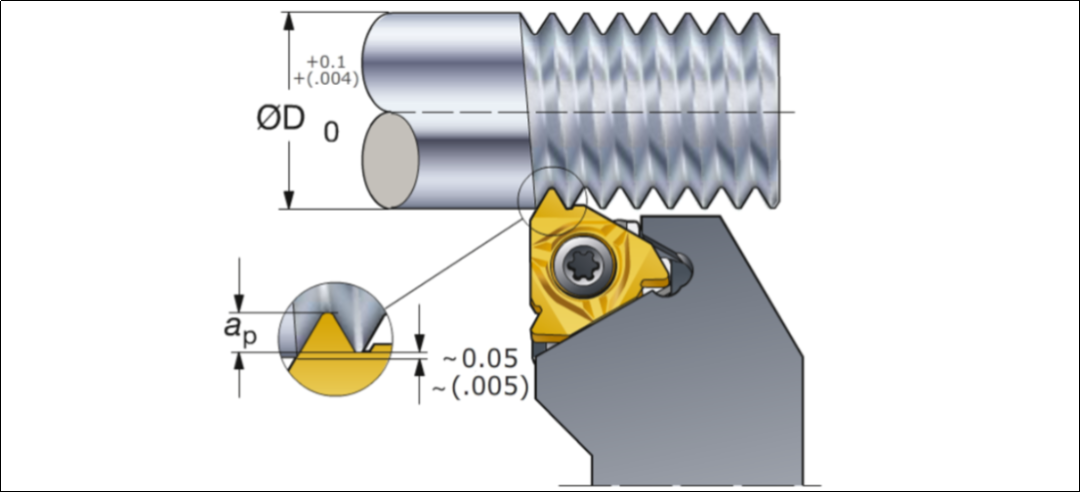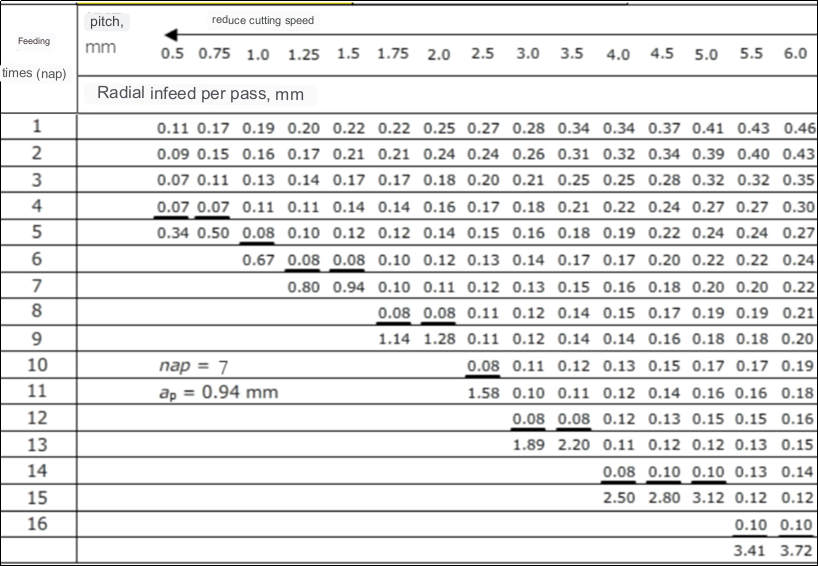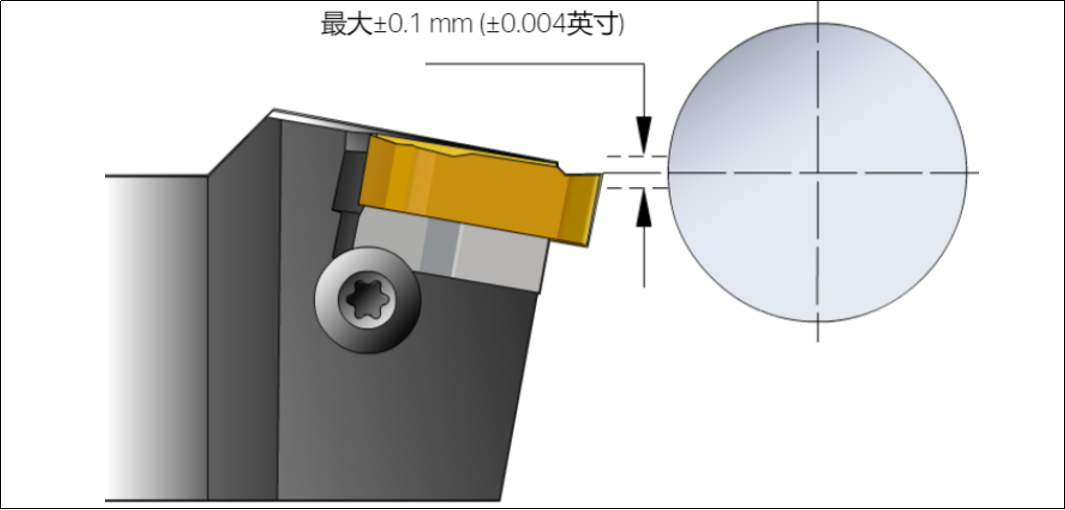How much do you know about the method of metal cutting thread?
Metal cutting for threading typically involves processes such as tapping, thread milling, and single-point threading. These methods are commonly used in manufacturing to create internal or external threads on metal components.
Tapping is a process where a tap tool is used to cut threads into pre-drilled holes. It is commonly used for creating internal threads. Thread milling, on the other hand, utilizes a rotating cutting tool with multiple teeth to gradually cut the thread profile. This method is often used for both internal and external threads.
Single-point threading involves using a cutting tool with a single cutting edge to cut threads on a workpiece. This method is often used in lathes or turning machines to create precise threads.
The choice of method depends on factors such as the type of material being threaded, the desired thread profile, the required accuracy, and the production volume. Different tools, machines, and techniques may be used for different applications and industry requirements.
1. Important basic knowledge of thread processing
1. Definition of terms
①Bottom of tooth ②Side of tooth ③Top of tooth
Helix angle:
The helix angle depends on the diameter and pitch of the thread.
Adjust the flank relief of the blade by changing the shim.
The blade inclination angle is γ. The most common bevel angle is 1°, which corresponds to a standard shim in the holder.
Cutting forces when entering and exiting the thread:
The highest axial cutting forces in threading operations occur during entry and exit of the cutting tool into the workpiece.
Cutting data that are too high can cause movement of an unreliably clamped insert.
Tilt the blade for clearance:
The bevel angle can be set with a shim under the blade in the handle. Refer to the chart in the tool catalog to select which shim to use. All holders come with standard shims set at 1° rake angle.
Choose the shim according to the bevel angle. Workpiece diameter and thread pitch affect the rake angle. As can be seen from the figure below, the diameter of the cnc lathe parts are 40mm and the pitch is 6mm, the required shim must have a 3° bevel angle (standard shims cannot be used).
Markings for threading inserts and shims:
Thread shape and its application:
2. Thread insert type and clamping scheme
1. Multi tooth blade
Advantage:
Reduce the number of feeds
Very high productivity
Shortcoming:
Need stable clamping
Sufficient retraction space is required after threading
2. Full profile blade
Advantage:
Greater control over thread shape
less glitches
Shortcoming:
One blade can only cut one pitch
3. V-profile blade
Advantage:
Flexibility, the same insert can be used for several pitches.
Shortcoming:
Will cause burrs to form and need to be deburred.
Clamping solution i-LOCK:
Extremely rigid threading with fixed inserts
Guided by the guide rail, the blade is positioned in the correct position
The screw presses the insert on the guide rail back to the radial stop at one contact face (red contact face) in the insert seat
Reliable insert interface ensures longer tool life and higher thread quality
Various handles:
3. Three different types of feeding methods
The method of feed can have a significant impact on the threading process. It affects: Cut control, insert wear, thread quality, tool life.
1. Improved side feed
Most CNC machine tools can use this method of feeding through cycle programs:
Chips versus conventional turning types – easier to form and guide
Axial cutting force reduces vibration risk
Chips are thick but only touch one side of the insert
Reduced heat transfer to the blade
First choice for most threading operations
2. Radial infeed
Most common method – the only method that older non-CNC lathes are able to use:
Produces hard “V” shaped chips
Uniform Blade Wear
Insert pockets are exposed to high temperatures, limiting depth of infeed
Suitable for processing fine thread
Potential vibration and poor chip control when machining coarse threads
First choice for work hardened materials
3. Alternate feeding
recommended for large teeth
Uniform insert wear and maximum tool life when machining very large pitch threads
Chips are guided in two directions, making them difficult to control
4. Methods to improve processing results
Decreasing depth of cut (left), constant depth of cut (right)
1. The depth of cut decreases layer by layer (the chip area remains unchanged)
Able to achieve a constant chip area, which is the most commonly used method in NC programs.
Deepest first pass
Follow the recommendations on the feed table in the catalog
More “balanced” chip area
The last pass is actually about 0.07mm
2. Constant depth of cut
Each pass has the same depth regardless of the number of passes.
There are higher requirements on the blade
Ensure optimal chip control
It should not be used when the pitch is greater than TP1.5mm or 16TP
Finish thread crests with extra stock:
No need to turn stock to exact diameter prior to threading, use extra stock/material to finish thread crests. For finishing crest inserts, the previous turning process should leave 0.03-0.07mm of material to allow the crest to be properly formed.
Recommended external thread feed value (ISO metric system):
To ensure workpiece and tool alignment:
Use a maximum centerline deviation of ±0.1mm. Too high a cutting edge position and the relief angle will decrease and the cutting edge will be scratched (cracked); too low a cutting edge position and the thread profile may not be correct.
5. thread turning application skills success
1) Before thread turning, check whether the aluminum machining parts diameter has the correct machining allowance, and add 0.14mm as the crown allowance.
2) Precise positioning of the tool in the machine tool.
3) Check the setting of the cutting edge relative to the pitch diameter.
4) Make sure to use the correct insert geometry (A, F or C).
5) Ensure a sufficiently large and uniform clearance (blade-tilted shim) by selecting the appropriate shim to obtain the correct flank clearance.
6) If the thread is unqualified, check the entire setup including the machine tool.
7) Check available NC programs for thread turning.
8) Optimize the feeding method, number of passes and size.
9) Ensure correct cutting speed to meet application requirements.
10) If the pitch of the workpiece thread is wrong, check whether the pitch of the machine tool is correct.
11) Before cutting into the workpiece, it is recommended that the tool should start with a minimum distance of 3 times the pitch.
12) High-precision coolant can extend tool life and improve chip control.
13) The quick change system ensures easy and fast clamping.
When selecting tools for thread turning operations, consider:
Check overhangs and any clearance required (e.g. shoulder, sub-spindle, etc.)
Minimize tool overhang for quick set-up
For less rigid setups, select inserts with lower cutting forces
High-precision cnc turning coolant extends tool life and improves cutting control
Easy access to coolant with plug-and-play coolant adapter
In order to ensure productivity and tool life, multi-profile inserts are preferred, single-edge full-profile inserts are the secondary choice, and V-profile inserts are the lowest productivity and shortest tool life options.
Insert wear and tool life:
Feed method, optimize the feed method, number of passes and depth
Blade inclination to ensure a sufficiently large and uniform clearance (blade-tilted shim)
Insert geometry, make sure to use the correct insert geometry (A, F or C geometry)
Blade material, choose the correct material according to the material and toughness requirements
Cutting parameters, if necessary, change cutting speed and number of passes in the process of cnc milling parts.
Anebon sticking to your belief of “Creating solutions of high quality and generating buddies with people from all around the world”, Anebon always put the fascination of customers to start with for China Manufacturer for China aluminum casting product, milling aluminum plate, customized aluminum small parts cnc, with fantastic passion and faithfulness, are willing to offer you with best services and striding forward with you to make a bright foreseeable future.
Original Factory China Extrusion Aluminum and Profile Aluminum, Anebon will adhere to “Quality first, , perfection forever, people-oriented , technology innovation”business philosophy. Hard work to keep making progress, innovation in the industry, make every effort to first-class enterprise. We try our best to build the scientific management model, to learn abundant professional knowledge, to develop advanced production equipment and production process , to create the first-call quality products, reasonable price , high quality of service , quick delivery, to give you create new value .
Post time: Jun-14-2023


